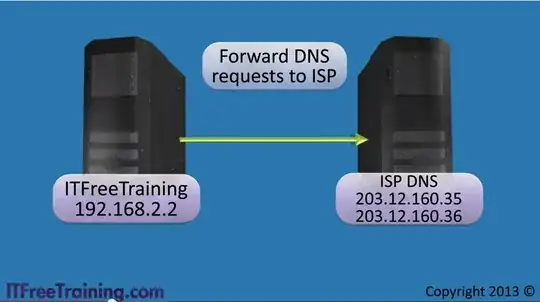I have read Can I create a DC without a DNS Server?. But my question is a bit different.
I have one client in a completely different subnet from the DC. That client does not have access to the appropiate DNS structure for the domain, but can otherwise connect to the DC. I would like to tell that client "the DC for domain example.net is at dc1.site2.example.com". I have seen, that this sort of thing is possible for kerberos things using ksetup /addkdc. Is there something like this for generic AD?
